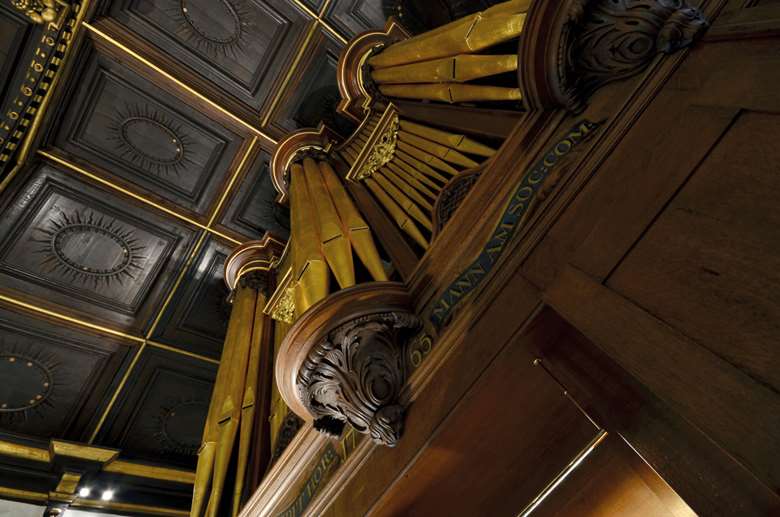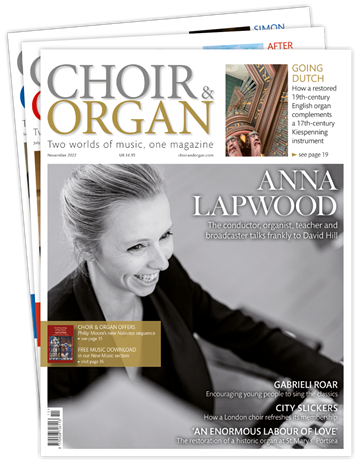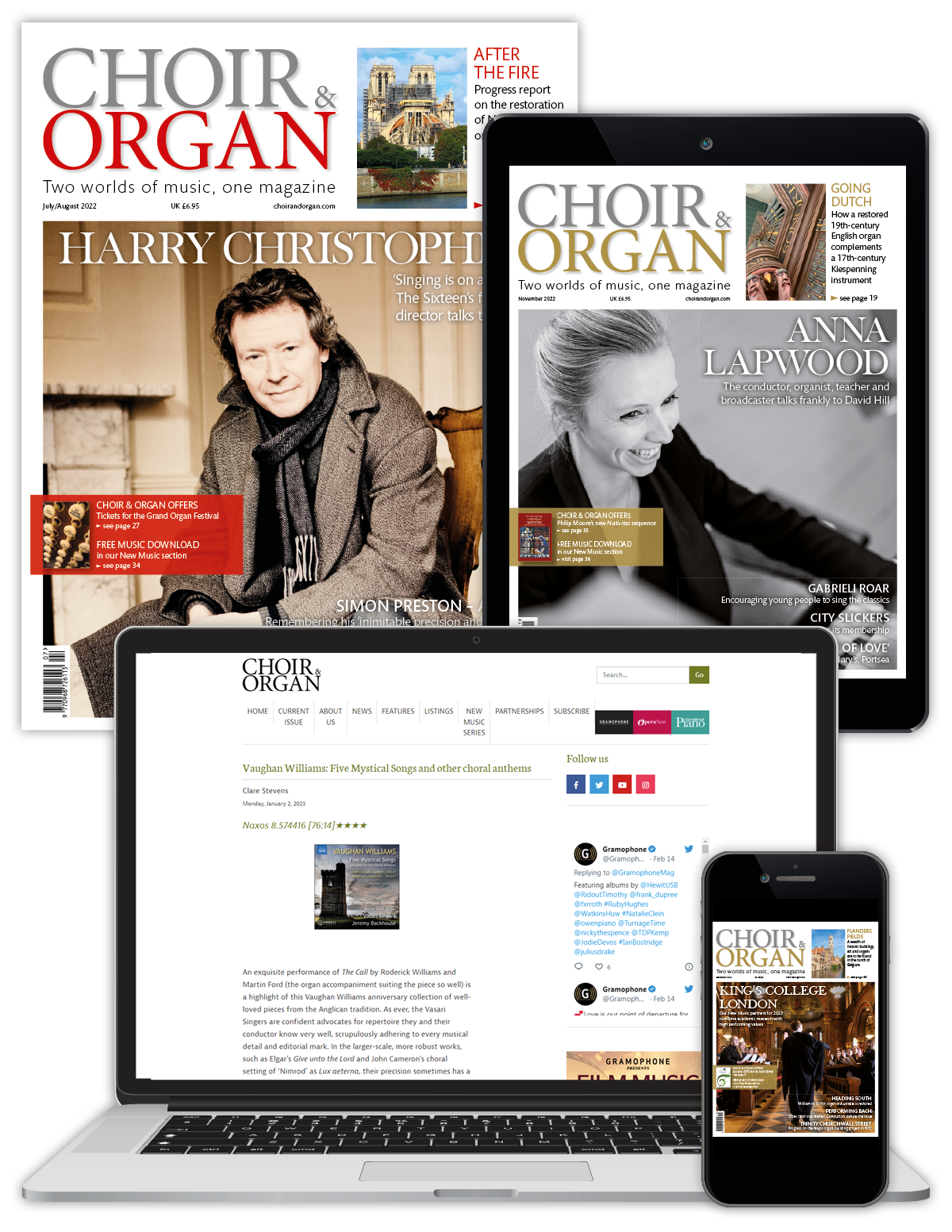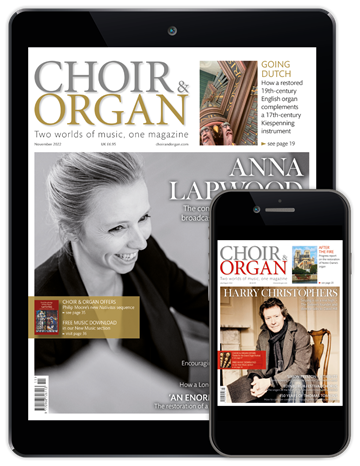The past and future of the organ at Peterhouse, Cambridge
Chris Bragg
Friday, May 10, 2024
At Peterhouse, Cambridge, a desire to honour the college’s legacy of 18th-century material, in an organ required to accompany the liturgy, has led to a novel outcome

Register now to continue reading
This article is from Choir & Organ. Don’t miss out on our dedicated coverage of the choir and organ worlds. Register today to enjoy the following benefits:
- Free access to 3 subscriber-only articles per month
- Newly-commissioned sheet music to download from our New Music series
- Unlimited access to Choir & Organ's news pages
- Monthly newsletter






